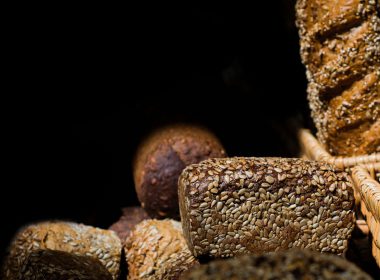Want a six-pack for summer? Stop wasting time with sit-ups. Build strength, improve your posture, and reduce those niggling injuries with these exercises.
Whether you’re hitting a golf ball or sweeping up the backyard, almost every foundational motion starts with or travels through your core. It’s why training your core to be strong and flexible is essential to maximise strength and movement in other parts of the body.
Many people turn to abdominal-focused exercises like sit-ups and crunches when training core strength. But the core anatomy consists of more than abs. There are three critical parts we should target: the front (rectus abdominus), the side (external obliques), and the back (erector spinae). Incorporating dynamic exercises that target all these muscles will help build and reinforce patterns, leading to greater movement efficiency in sports and daily life.
Core strength for everyday tasks
As with any workout routine, my recommendation is to consider your daily activities – or sport if you are training for one – and create core workouts based on those common movement patterns. Movements like bending over to tie your shoes, getting dressed, turning around to look behind, or carrying grocery bags are just a few of the many mundane actions that rely on your core and that you might not notice until they become difficult or painful.
Many of my clients’ most common complaints are related to lower-back pain caused by merely sitting at their work desk for long hours. Sitting with poor posture can shift your entire body out of alignment and eventually lead to an overuse injury of the muscles that are working harder to compensate. Research has shown that core training can facilitate recovery from injury and relieve chronic lower back pain.
While there are many core-building exercises you can try, my six go-to exercises for overall functional core strength and stability are: stability ball plank, side plank, bird dog, single leg hip bridge, dead bugs, back extensions on a fit ball. Feel free to ask your local gym floor supervisor how to do these; otherwise, a quick Google or YouTube search should show you what they look like.
TIP: keep it simple and avoid machines. Standing up for exercises and using free weights, medicine balls, and bands for isometric core exercises involve your entire core to remain tense and stable – as opposed to machine weights, which isolate and train a single muscle group.
Core strength for sports
Live a more active lifestyle? Researchers from the Unversity of Arizona in 2013 published research showing that core stability, strength and endurance were critical to athletes ensuring spine stability, producing force (jumping, accelerating, pushing, pulling) and preventing injury. Training for sports like football, or even solo pursuits like running and swimming, should involve building core strength and control.
Here are six more advanced core-strengthening exercises that should help you move more efficiently in sport.
1. The Paloff press is one of my favorite anti-rotation hold exercises that will work wonders in helping you develop a stable core. It’s an especially good move for those training for fast and dynamic sports like football or hockey because it helps build the core strength to cope with twists and turns without getting injured.
2. Criss-cross crunch increases strength and endurance, incorporating rotation in the crunch position and targeting the upper abdominal and oblique muscles. This one benefits cyclists the most.
3. Alternating shoulder-tap plank places you in a push-up position, activating your triceps and shoulder muscles in addition to core stability.
4. Ab wheel roll-outs develop core strength in a stretched position, increases lower back and shoulder strength, which helps prevent injury as well as produce force in most sports.
5. Stability ball stir-the-pot requires you to be in a plank position on the ball and moving in a circular motion, which works all angles of the core, including the obliques.
6. Landmine rotations build core strength, primarily in the obliques, while strengthening the shoulder muscles. An ideal exercise for athletes in sports involving rotational power movements, such as basketball, cricket and golf.




